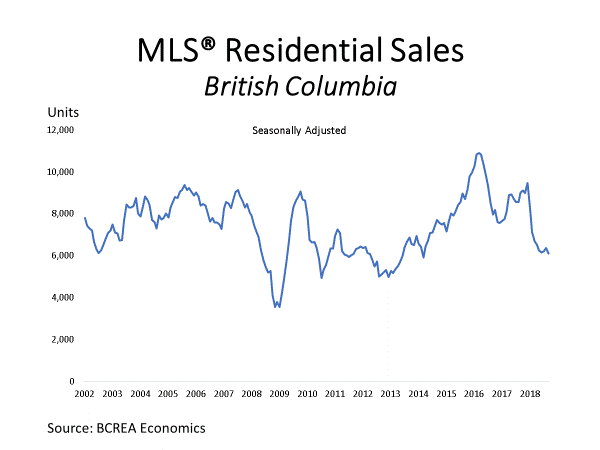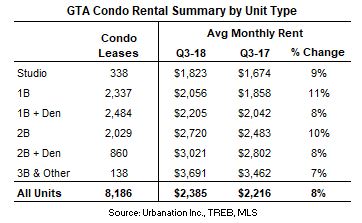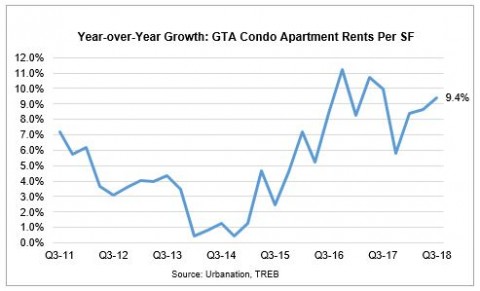While fear keeps us from danger, it also can keep us from many other amazing experiences.
Your palms are sweaty. Your stomach has that light, unsettled feeling. Your mind races eagerly from thought to thought.
Fear is an innate part of the human experience and has been essential to our survival as a species for thousands of years. While fear keeps us from danger, it also can keep us from many other amazing experiences.
Recently, I was asked to speak at a community networking event. I was honored to be asked and excited about the opportunity, but fear reared its ugly head. Like it is for many others, public speaking is outside my comfort zone. The thought of addressing a crowd full of people was overwhelming. Would I speak well? Would they learn from me? Could I inspire them?
Doubt sunk in. A flurry of negative thoughts raged through my mind, from stumbling over my words to physically stumbling over the podium. I had a choice: Give into fear and maintain the status quo, or challenge myself and give it my best.
I accepted the offer and decided not to let fear get in my way. To do the best job possible, I knew extensive preparation was essential. I took plenty of time to prepare my points, hone my message and practice out loud. I was nervous, but ready.
Ultimately, the presentation went well, and I got tons of great feedback. I’m glad I accepted the offer and tried something new.
Like many people faced with a career challenge, it’s easy to take the comfortable path. However, when you do this – whether for public speaking, a big promotion or a move across the country – you’ll always wonder about the road less traveled.
The next time fear creeps up, rather than considering it a warning of impending failure, view it as a sign you’re on the right path. Some of the world’s most successful entrepreneurs and inventors attest that fear isn’t always a warning of the negative; it’s often a signal that you’re on your way to success.
When facing doubt, it’s important to realize fear is not unique to you. Everyone experiences fear, even those you might feel are immune to it. Will Ferrell’s 2017 commencement speech for the University of Southern California made this point perfectly.
“You’re never not afraid. I’m still afraid,” Ferrell said. “I was afraid to write this speech. And now, I’m just realizing how many people are watching me right now, and it’s scary. Can you please look away while I deliver the rest of the speech? But my fear of failure never approached in magnitude my fear of what if. What if I never tried at all?”
For the graduates about to embark on a brand-new adventure, he offered some advice that I think is fitting for just about anyone:
- Enjoy the process of your search without succumbing to the pressure of the result.
- Trust your gut.
- Keep throwing darts at the dartboard.
- Don’t listen to the critics – you will figure it out.
So next time you feel fear holding you back from trying something new – whether in your personal or professional life – I encourage you to push those feelings down and stomp them with your foot. Then be bold and see what happens. Chances are, you’ll succeed. At the very least, you’ll be glad you tried.







 Maziar Moini, Broker of Record - Home Leader Realty Inc.
300 Richmond St. W., #300, Toronto, ON M5V-1X2
Maziar Moini, Broker of Record - Home Leader Realty Inc.
300 Richmond St. W., #300, Toronto, ON M5V-1X2

